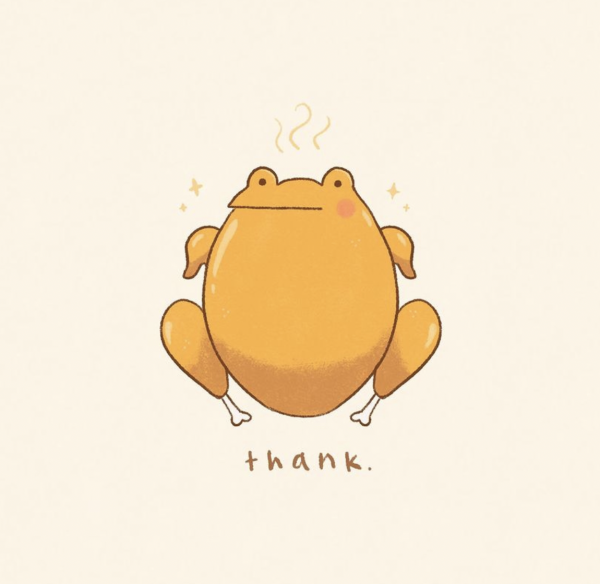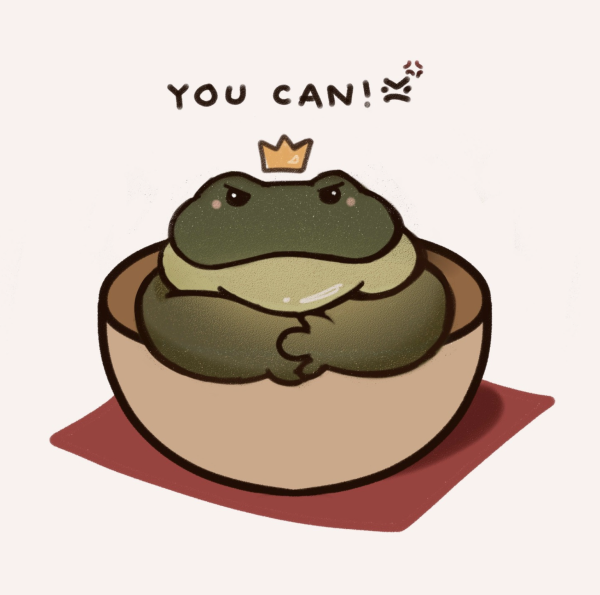Why humans shouldn’t drink breast milk from a cow
November 9, 2022

Do you still consume breast milk? Breast milk from a different species than your own? Why are you drinking breast milk from a cow? Humans are the only animals that drink breast milk from an animal outside their own species.
Dairy farmers repeatedly artificially inseminate cows, who are trapped in an endless cycle of pregnancy, in order to ensure milk production. After the birth of a calf, the mother cow and calf are immediately separated. Cows evolved to produce one gallon of milk per day, though through the use of artificial hormones cows now produce seven and a half gallons. Though the actual milking process does not cause physical pain, these cows are separated into cramped individual cells and are unable to roam, forced to stand in their own feces.
Cow’s milk is suited for the needs of a calf, an animal with four stomachs that typically weighs 1,000 pounds by 2 years old. Milk has high levels of artery-clogging saturated fat and cholesterol, and this combination can lead to heart disease, the #1 killer in America.
For many, milk is seen as a vital source of protein. Part of this is due to the infamous ‘Got Milk?’ long-standing government campaign. Dairy industries have been influential donors in politics, having made $5.1 million in federal contributions during the 2020 election cycle. These donations have stimulated the government’s support of the dairy industry, despite the fact that one in four Americans can’t properly digest milk.
Regardless, many underestimate the amount of protein within plant based alternatives. Silk’s Organic Unsweetened Soymilk contains 7 grams of protein per cup, while 1% fat milk contains 8 grams of protein per cup. This is just a 1 gram difference in protein. Soymilk is the healthier alternative for humans, cows, and mother earth.
Dairy production also has a colossal effect on the environment: according to the University of Arkansas, a gallon of milk produced in the U.S. has a carbon footprint of 17.6 pounds of carbon dioxide. Not only that, these dairy farm systems pollute air and water while also contributing heavily to soil degradation and deforestation. Countries are recognizing the dairy industry’s harm, as of the 195 countries in the Paris Climate Agreement, 92 identified their own livestock industries as an area for climate action to be focused on in order to meet reduction goals.
Many people, including those in the LFA community, are transitioning away from only consuming cow’s milk, integrating plant-based alternatives into their diets. This change is vital, and the best way to start is by viewing plant-based milk as an addition to your life.
As PETA, People for the Ethical Treatment of Animals, puts it, “if she’s not your mom, it’s not your milk.”















